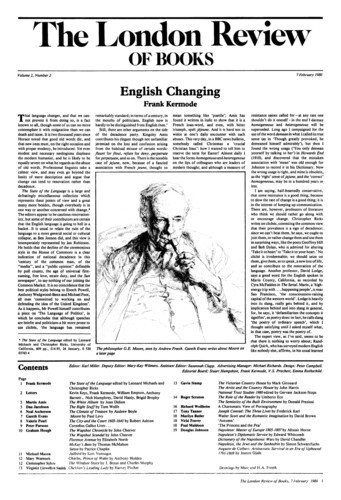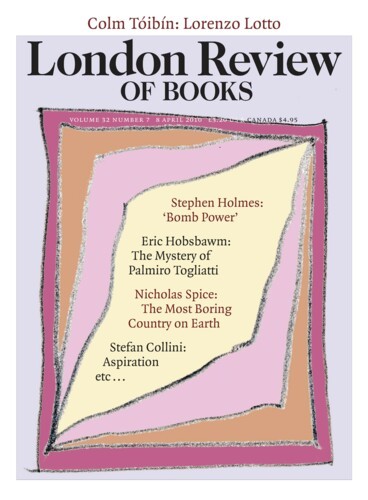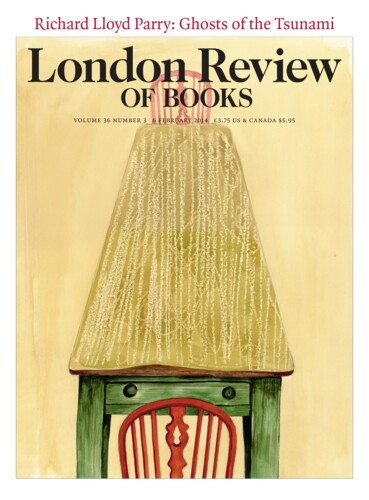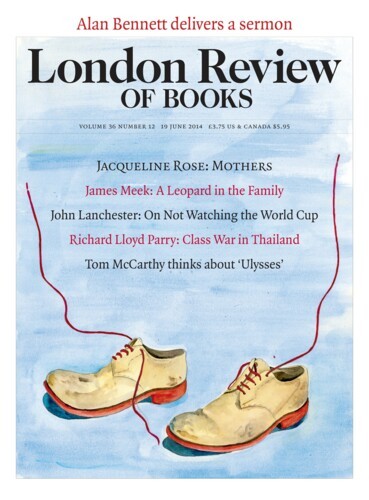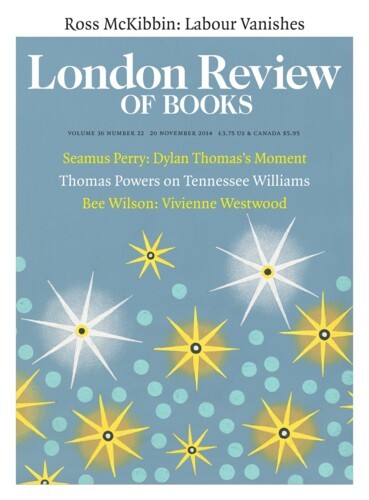Englishmen’s Castles
Gavin Stamp, 7 February 1980
Who can resist the appeal of the English country house? Publishers are well aware of their popularity – which is doubtless explained by snobbery and the antique trade as much as anything – so we have a constant stream of books on the subject as well as the phenomenon of those cognoscenti aptly characterised recently in the pages of Harpers and Queen as the ‘National Trust Navy’. When we write about churches, mausolea, town halls or power stations, the only purchasers are from that small, incestuous public interested in architecture, but country houses manage to secure a much wider, even popular, audience. Mark Girouard’s Life in the English Country House has actually become a best-seller – extraordinary in the field of architectural history – and its unprecedented success has encouraged Yale to issue as a companion volume a new edition of his earlier The Victorian Country House.
